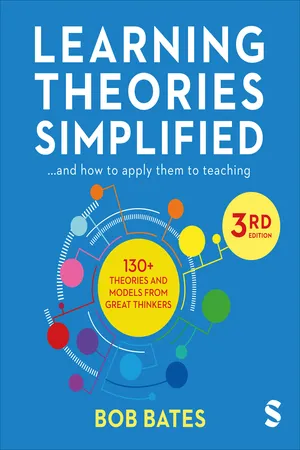
This is a test
- 384 pages
- English
- ePUB (mobile friendly)
- Only available on web
eBook - ePub
Book details
Table of contents
Citations
Frequently asked questions
At the moment all of our mobile-responsive ePub books are available to download via the app. Most of our PDFs are also available to download and we're working on making the final remaining ones downloadable now. Learn more here.
Both plans give you full access to the library and all of Perlego’s features. The only differences are the price and subscription period: With the annual plan you’ll save around 30% compared to 12 months on the monthly plan.
We are an online textbook subscription service, where you can get access to an entire online library for less than the price of a single book per month. With over 1 million books across 1000+ topics, we’ve got you covered! Learn more here.
Look out for the read-aloud symbol on your next book to see if you can listen to it. The read-aloud tool reads text aloud for you, highlighting the text as it is being read. You can pause it, speed it up and slow it down. Learn more here.
Yes, you can access Learning Theories Simplified by Bob Bates in PDF and/or ePUB format, as well as other popular books in Education & Education Teaching Methods. We have over one million books available in our catalogue for you to explore.
Information
Table of contents
- Cover
- Half Title
- Title Page
- Copyright Page
- Acknowledgements
- Praise for Bob’s work
- Contents
- About the author
- Acknowledgements
- New to this edition
- How to use this book
- Introduction
- Part 1 Classical Learning Theories
- Introduction to Part 1
- Section 1.1: Educational Philosophy
- Section 1.2: Behaviourism
- Section 1.3: Cognitivism
- Section 1.4: Humanism
- Section 1.5: Educational Neuroscience
- Summary of Part 1
- Part 2 Contemporary Thinking On Teaching And Learning
- Introduction to Part 2
- Section 2.1: Professionalism
- Section 2.2: Cognitive Learning Theory
- Section 2.3: Motivation
- Section 2.4: Behaviour Management
- Section 2.5: Coaching and Mentoring
- Section 2.6: Teamworking
- Summary of Part 2
- Part 3 An Introduction to Early Childhood and Developmental Strategies
- Introduction to Part 3
- Section 3.1: Children and Society
- Section 3.2: Emotional Growth
- Section 3.3: Classroom Strategies
- Section 3.4: Working with Children with Additional Needs
- Section 3.5: Different School Approaches
- Summary of Part 3
- Part 4 Planning, Delivering and Assessing Learning
- Introduction to Part 4
- Section 4.1: Curriculum Planning
- Section 4.2: Lesson Planning
- Section 4.3: Delivering Learning
- Section 4.4: Assessment and Feedback
- Section 4.5: Evaluating Teaching and Learning
- Summary of Part 4
- A Final Word on Teaching
- Index